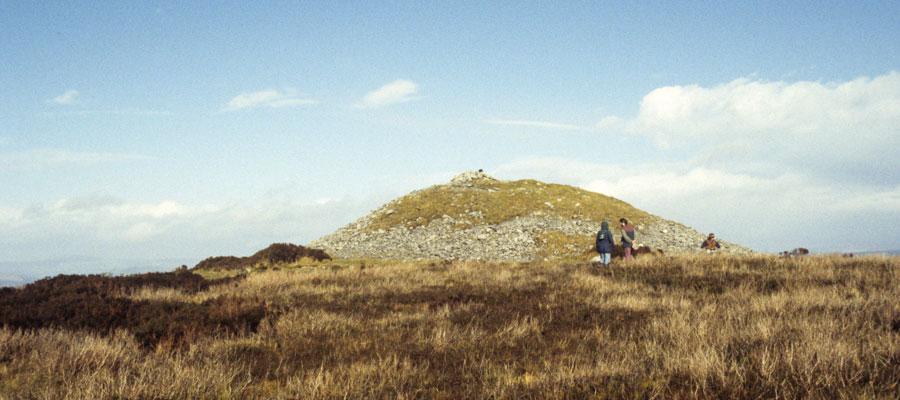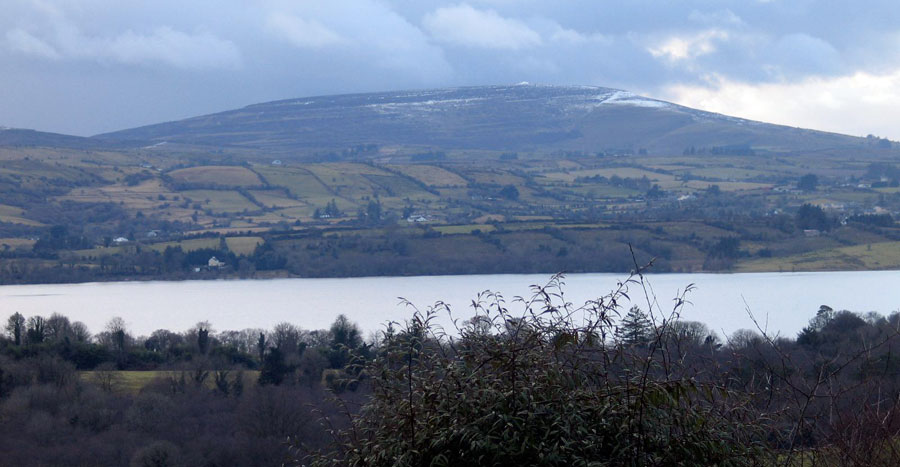The Pinnacle - Kesh Cairn
The north end of the flat summit of Kesh Corann is capped by a large ancient limestone cairn. Kesh Cairn is known locally as the Pinnacle, no doubt due to the totally magnificent 360 degree views across the plains of Connaught. This is the highest cairn in Co. Sligo; at 359 metres above sea level is some 30 m higher in altitude then Queen Maeve's Cairn on Knocknarea. The cairn was also known as See Finn or Finn's Chair, as according to local folklore, Fionn Mac Cumhal used to like to sit here and follow the progress of his hunts.
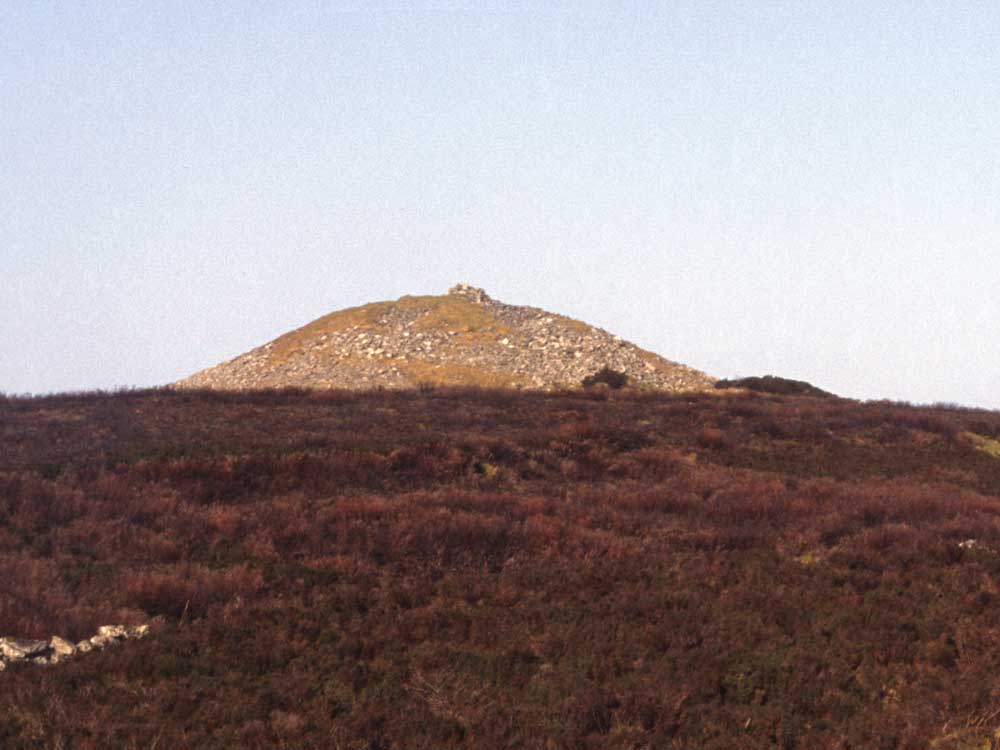
Kesh Cairn is a beautiful example of an unopened, undisturbed neolithic site. It is built at the northern end of the mountain, on the highest point of the large flat heather-covered platform, which slopes away gently to the south.
The cairn is about 27 metres in diameter, with a gentle curved profile; the ring of kerbstones is partially buried beneath the turf. The stones are all quarried limestone and the cairn is similar in appearance to those at Carrowkeel nearby. There is a section on the east side that looks as though someone was digging in recent times. The stone cairn undoubtedly covers a passage and chamber of the Carrowkeel type, and has remained unopened since it was sealed in ancient times.
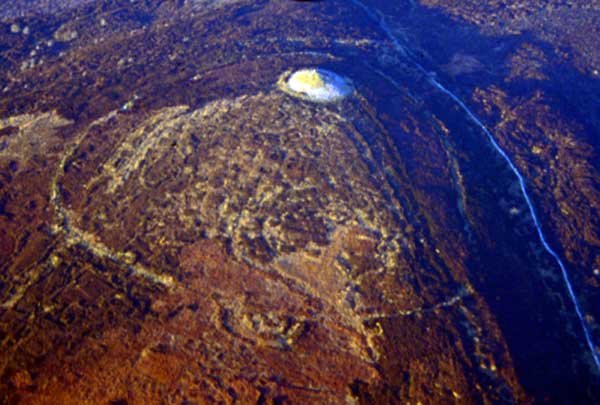
An recently identified feature of this monument is that it is situated within the northern end of a huge enclosure, a giant oval ring of about 285 x 200 metres in diameter. This suggests that Kesh cairn was an important gathering and assembly site for large groups taking part in the ancient festivals. This high enclosed platform was probably used as the main ceremonial site in the Bricklieve Mountains, due to its great height and visibility over the surrounding landscape.
There are several other unsurveyed pre-bog structures on Kesh. Interestingly enough, though the cairn and enclosure are neolithic, there is very little evidence of visits to the caves from that time, as if they were extra sacred and avoided by peole.
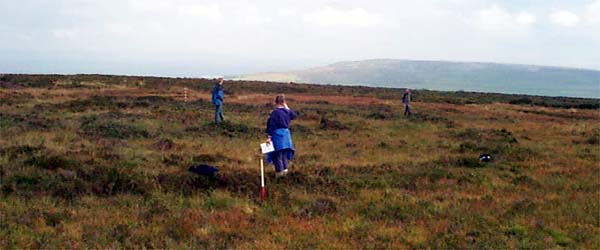
Kesh Cairn can be gained with a challenging climb from any side of the mountain. From the caves it is a stiff climb, head north and keep climbing. The mountainside ascends in terraces, and on one not far above the Caves you will find the modern Christian cross, re-erected in 2000; the original blew down in a storm in 1954. Cairnaweeleen on the north-east slopes is like a giant step and not too difficult to climb, but wet boggy land and several fences must be navigated. It is worth it to visit the two caves and the ruined megalithic on the top of Carnanweeleen.
Up until recently, it was the custom of local people to climb Kesh Corann on the last Sunday in July, which is called Garland Sunday. This is another example of how very ancient traditions have survived into modern times. The famous ritual barefoot ascent of Croagh Patrick, Ireland's Holy Mountain, was also held on the last Sunday of July. This is the continued celebration of the ancient Feast of Lugh, the harvest festival which marks the end of Summer and beginning of Autumn. Garland Sunday is still celebrated every year, but modern festivities take place in the Village of Keash.

